PsychNewsDaily Publishers
100 Summit Drive
Burlington, MA, 01803
Telephone: (320) 349-2484
PsychNewsDaily Publishers
100 Summit Drive
Burlington, MA, 01803
Telephone: (320) 349-2484
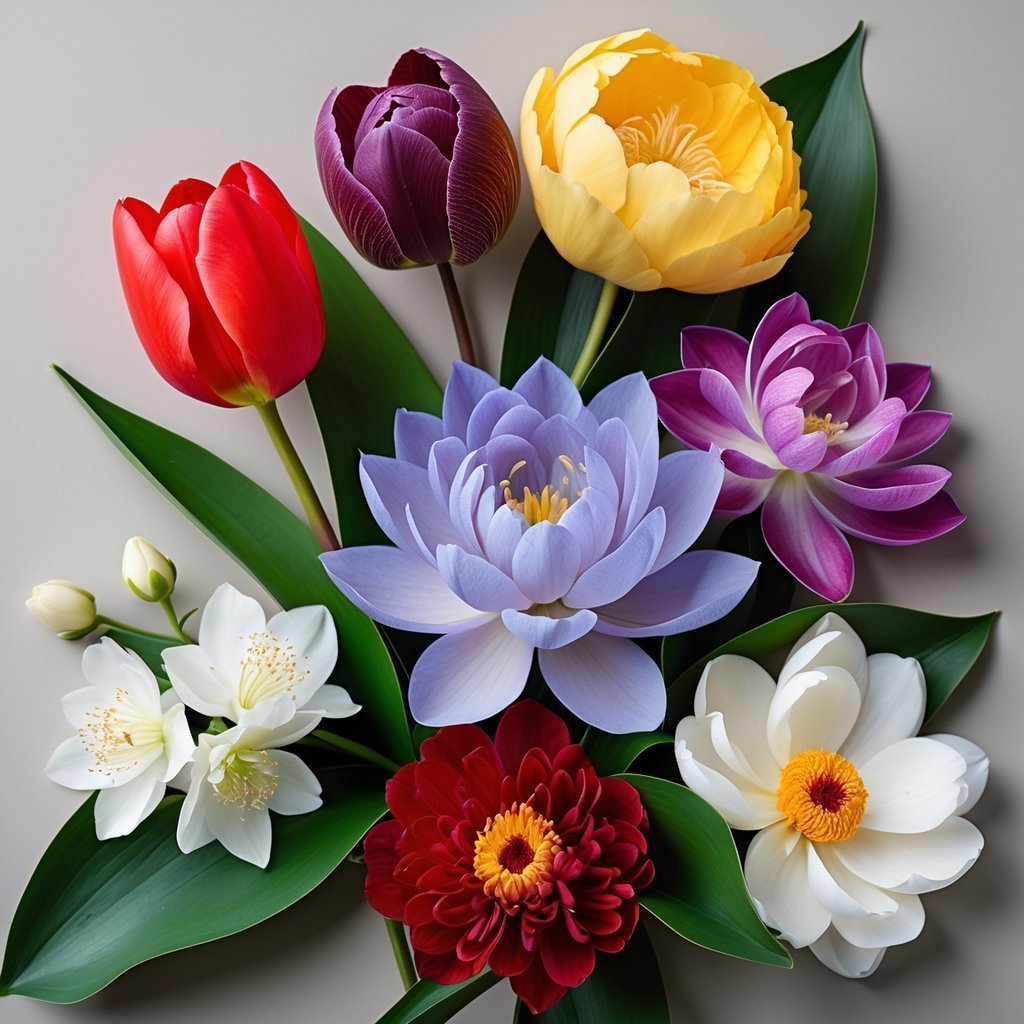
You might think of flowers as simple gifts or just pretty decorations, but honestly, some blooms have been so rare and prized that people once valued them more than gold. It’s wild to imagine, but these flowers actually captured the attention and fortunes of folks long ago, turning into symbols of status, beauty, and sometimes even financial power.
Here, you’ll find seven flowers that, at one point, were considered more precious than gold. Why did they matter so much? Their stories might just change the way you look at flowers and their role throughout history.
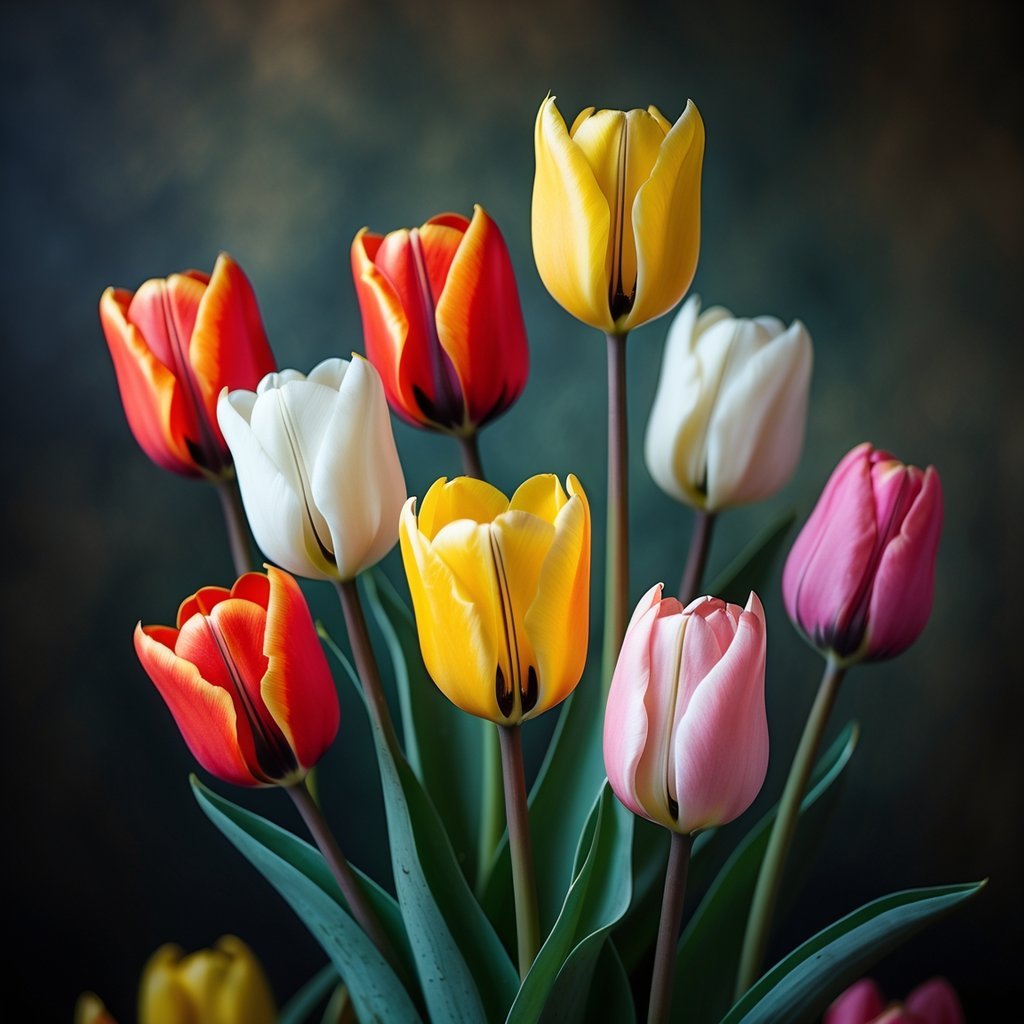
Back in the 1600s, tulips basically took over the Dutch Republic. People went absolutely wild for these flowers—tulip bulbs sometimes cost more than actual houses.
Folks paid crazy sums for rare and striking tulip bulbs. It felt like a fever; prices shot up fast because everyone wanted in.
Some people even traded land or their life savings just to own a single tulip bulb. This whole frenzy got called “Tulip Mania,” and wow, it really showed how much people valued these blooms.
Eventually, the bubble burst. Prices crashed, and a lot of people lost money. Still, tulips managed to keep their reputation as a symbol of wealth and beauty back then.
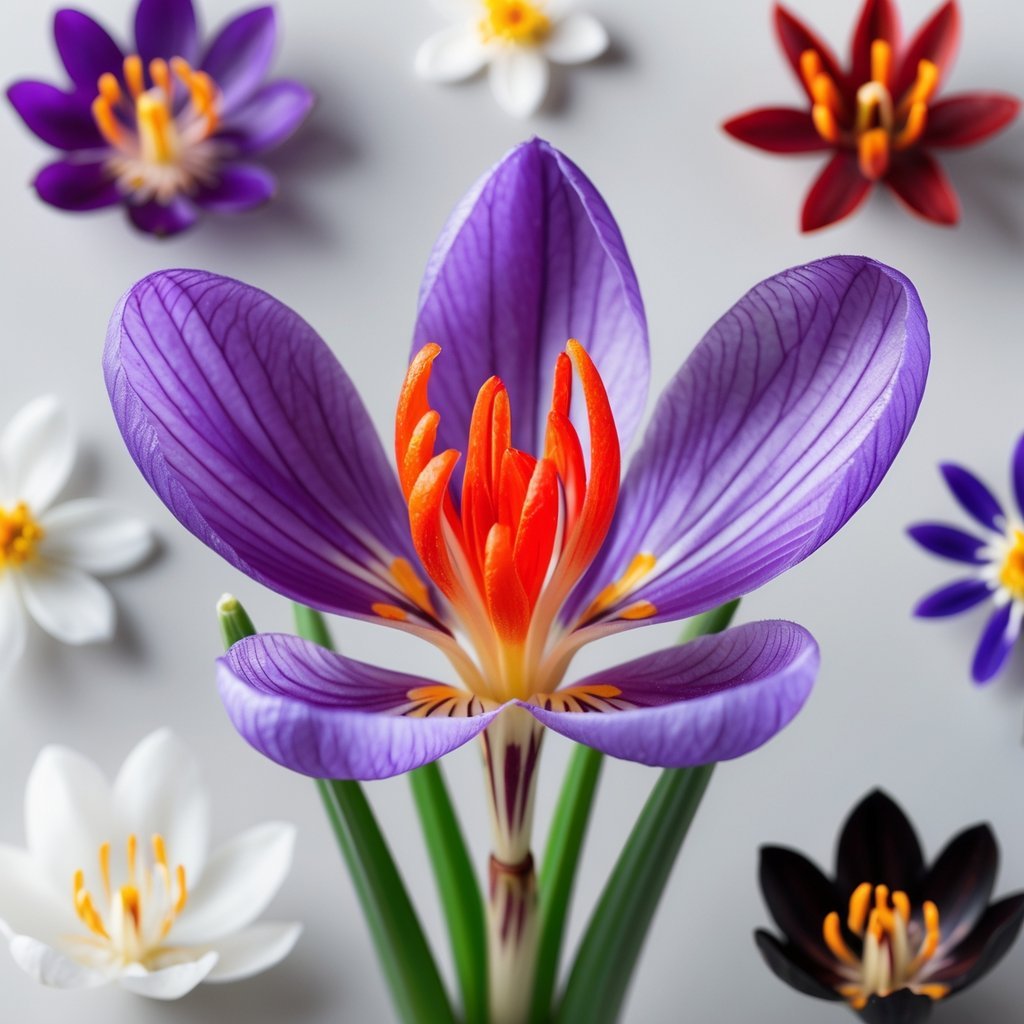
It’s kind of shocking, but by weight, the saffron crocus’s stigmas can actually be more valuable than gold. The spice comes from the Crocus sativus flower, which only blooms once a year.
Each flower gives you just three little red threads—those are the stigmas.
Harvesting saffron? It’s slow, careful work. People have to pick those tiny threads by hand, and only before the flowers wilt each day.
To get even one kilogram of saffron, you need thousands of those threads. No wonder it’s so pricey.
If you’ve ever tasted or smelled real saffron, you know how special it is. That flavor and color? Nothing else comes close.
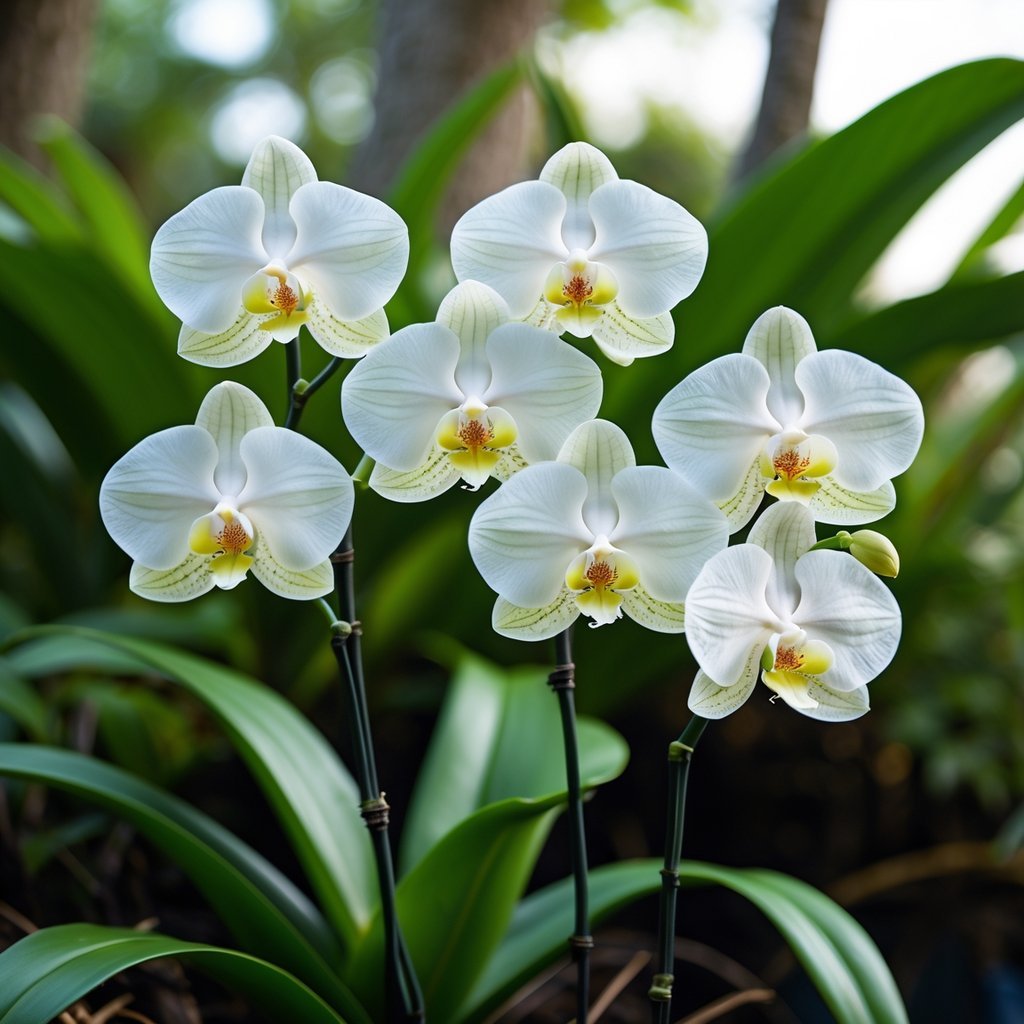
Honestly, the ghost orchid almost doesn’t seem real. It lives without leaves, which is just wild. You’ll only find it in the swamps of Florida and a few spots in Cuba.
These rare white flowers grow on tree roots and practically float in the humid, tangled forests. They hide so well that spotting one feels like finding a secret.
There are fewer than 1,000 ghost orchids left in the wild. People prize them for their mysterious look and rarity.
But they’re fragile. If their swampy home changes or gets damaged, the orchids can disappear. Protecting them isn’t just about saving a flower—it’s about keeping a piece of natural magic alive.
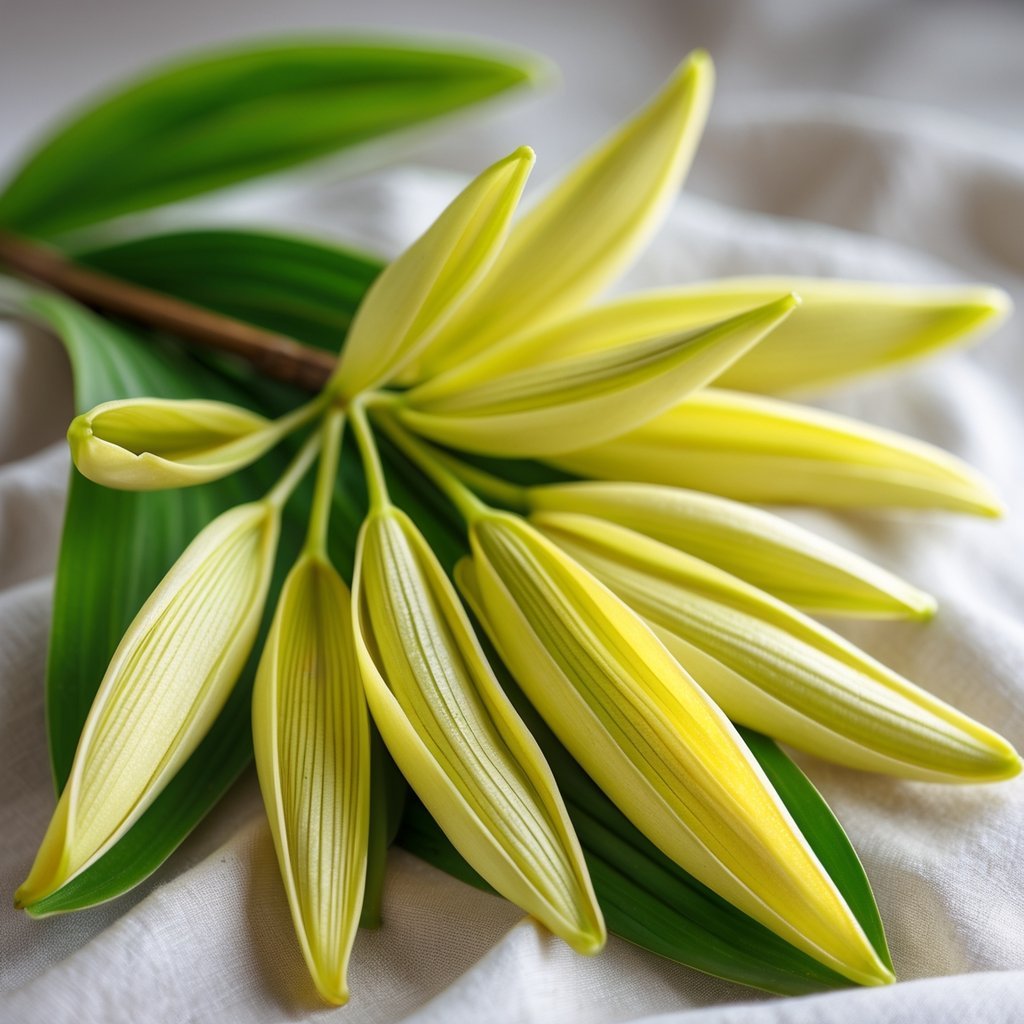
If you know ylang-ylang, you probably remember its sweet, almost hypnotic scent. This flower comes from Southeast Asia and, honestly, it’s a favorite among perfume makers.
The smell? It’s fresh and floral, with a hint of spice. There’s something tropical about it, but also a creamy smoothness that’s hard to describe.
A lot of people in Asia have used ylang-ylang not just for its scent but for its calming effects. The best oil comes from its yellow blooms, which are the ones perfumers go after.
If you’re into floral perfumes, ylang-ylang probably plays a part in your favorites. It gives that warm, natural note that stands out without being overwhelming.
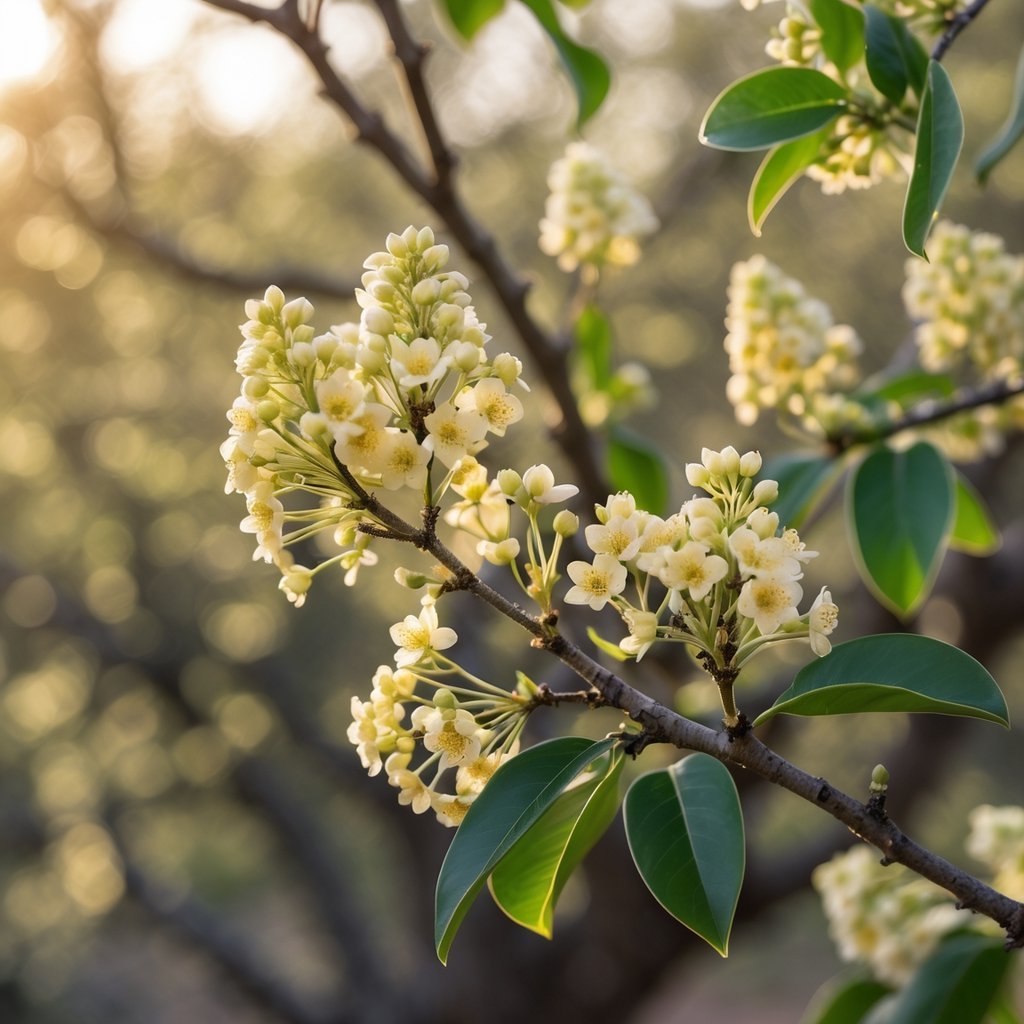
The frankincense tree might surprise you, but it played a huge role in ancient rituals. People gathered the resin from its blossoms and burned it as incense in religious ceremonies.
The smoky scent was believed to purify the air and help people connect to the divine. In the Middle East, folks would burn frankincense as an offering to gods, making it a symbol of holiness and respect.
These tough trees grow only in harsh desert lands, which made their blossoms even more valuable. Frankincense often traded for more than gold, shaping ancient trade routes along the way.
Using frankincense today? You’re tapping into a tradition that’s lasted for thousands of years.
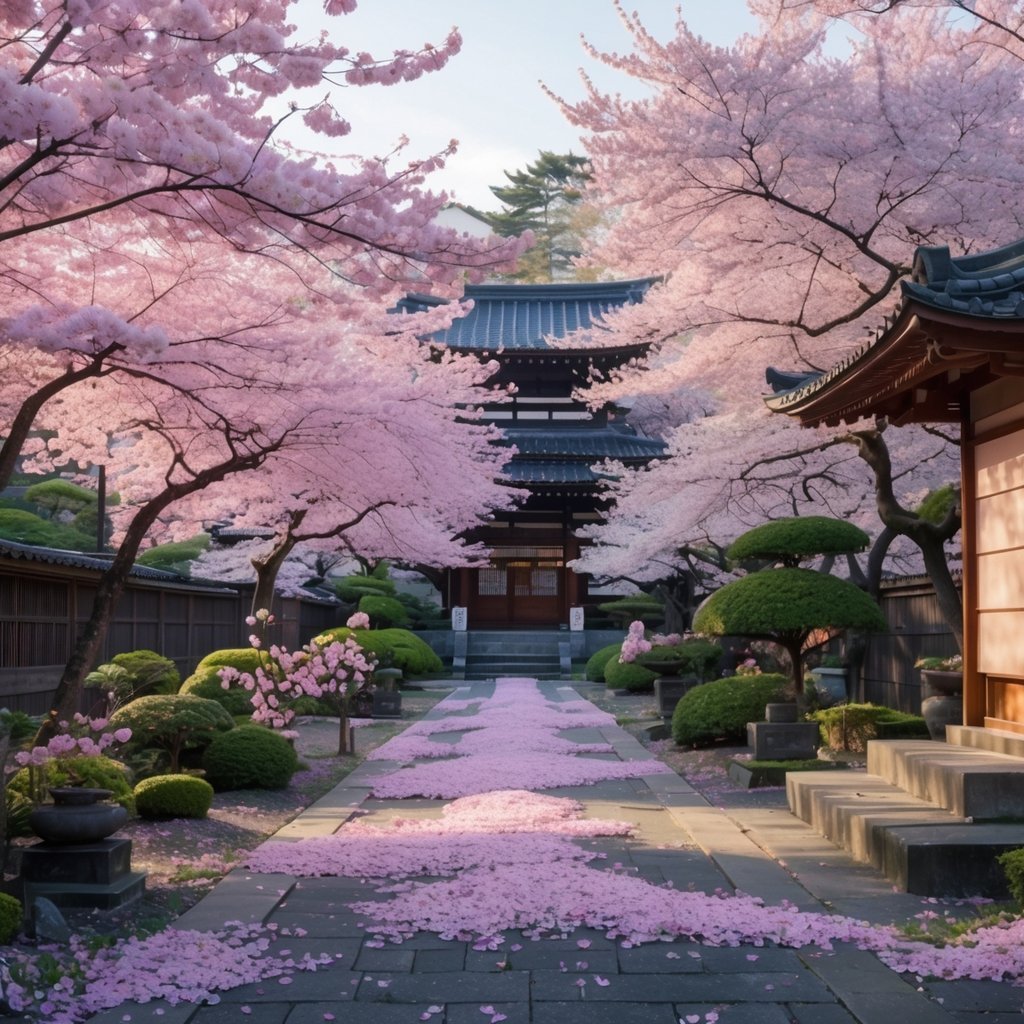
Cherry blossoms, or sakura, in Japan are so much more than just flowers. Those pink petals carry deep meaning.
They remind you that life is beautiful, but also fleeting. In Japan, people gather for hanami—picnics under the blooming trees—to celebrate together.
For centuries, cherry blossoms have stood for hope, renewal, and the delicate balance of life. Even though their flowers only last a few days, their impact sticks with you, long after the petals fall.
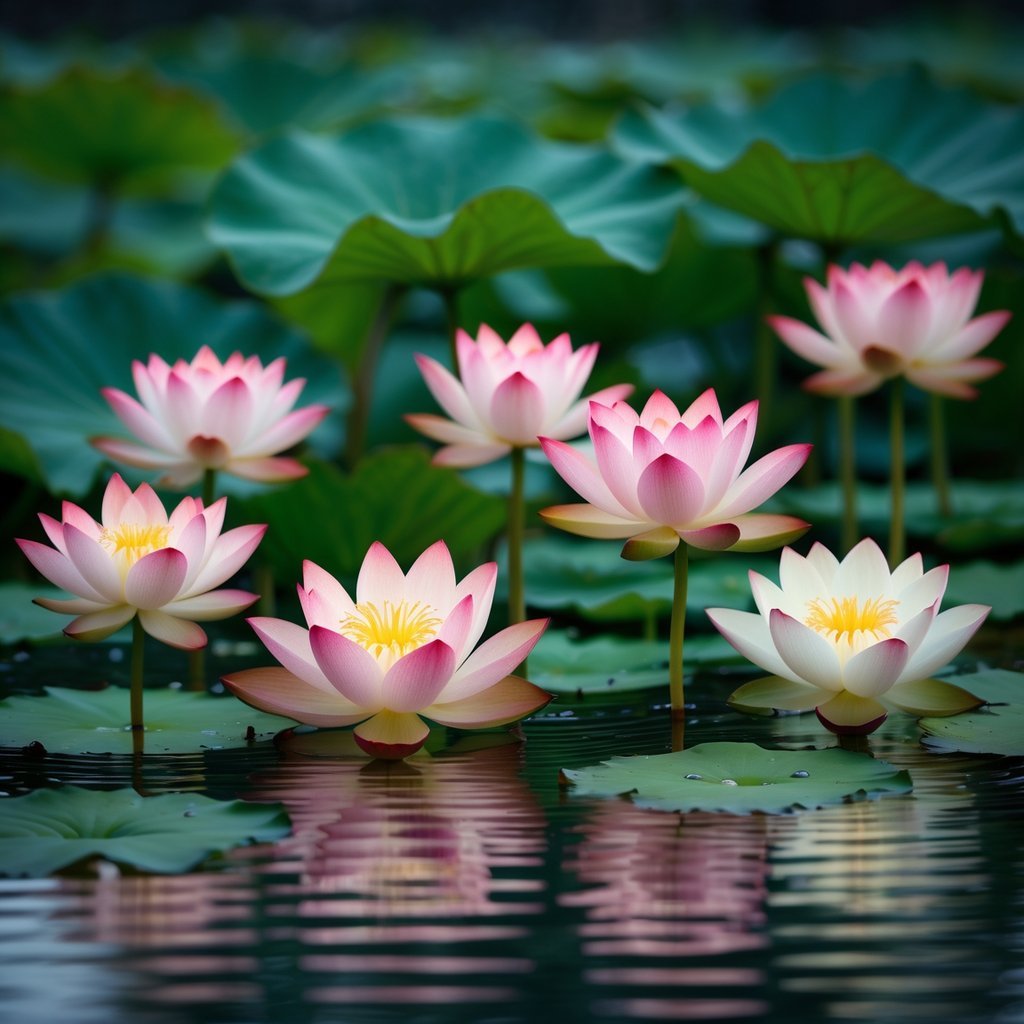
The lotus flower has this quiet beauty and a meaning that’s surprisingly deep. In so many cultures, folks see it as a symbol of purity since it somehow blooms clean and bright, even when it’s stuck in muddy water.
People haven’t just admired lotuses for how they look. They’ve also treasured what these flowers stand for—spiritual richness and even wealth.
Whenever I spot a lotus, I can’t help but think of fresh starts and resilience. It kind of reminds you that you can push through tough times and still come out shining.
Some cultures even connect the lotus to gods and spirituality, which just adds to its specialness. It’s honestly a flower that stands for both purity and riches, and that’s worth more than gold in some eyes.